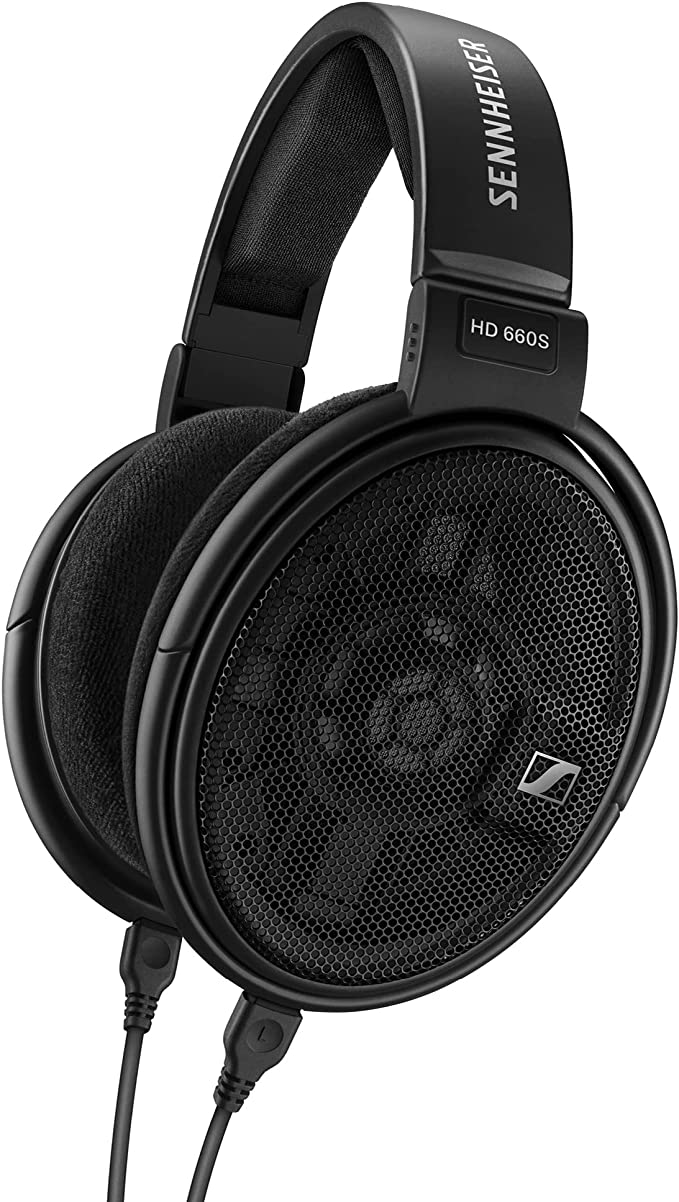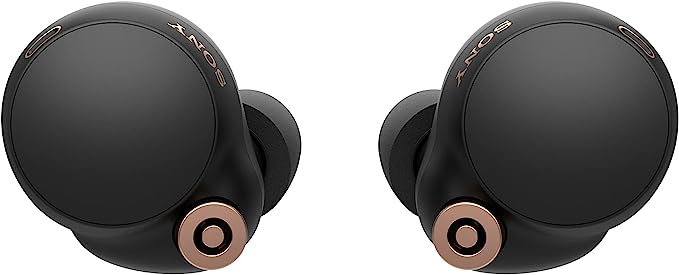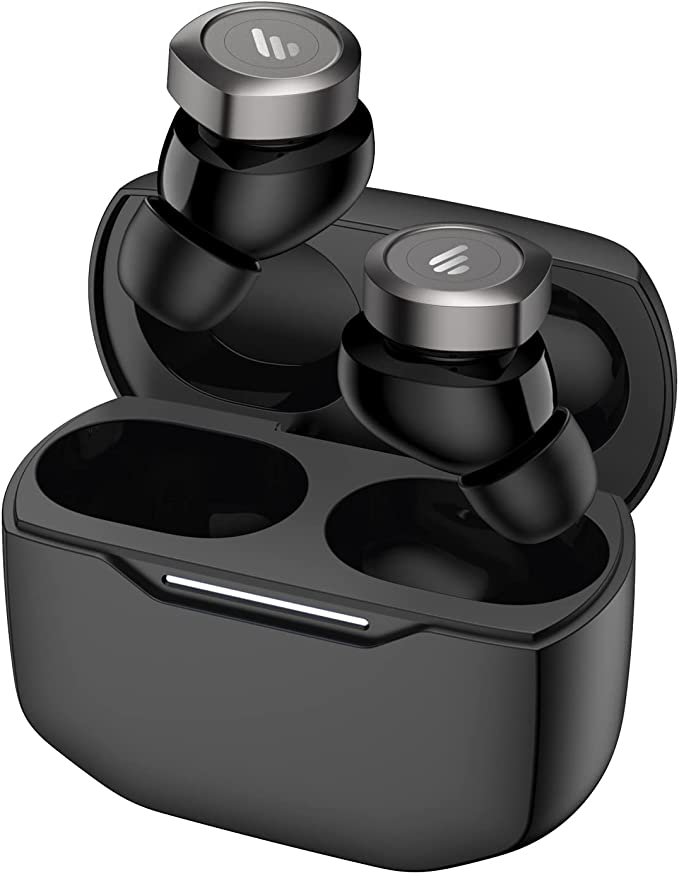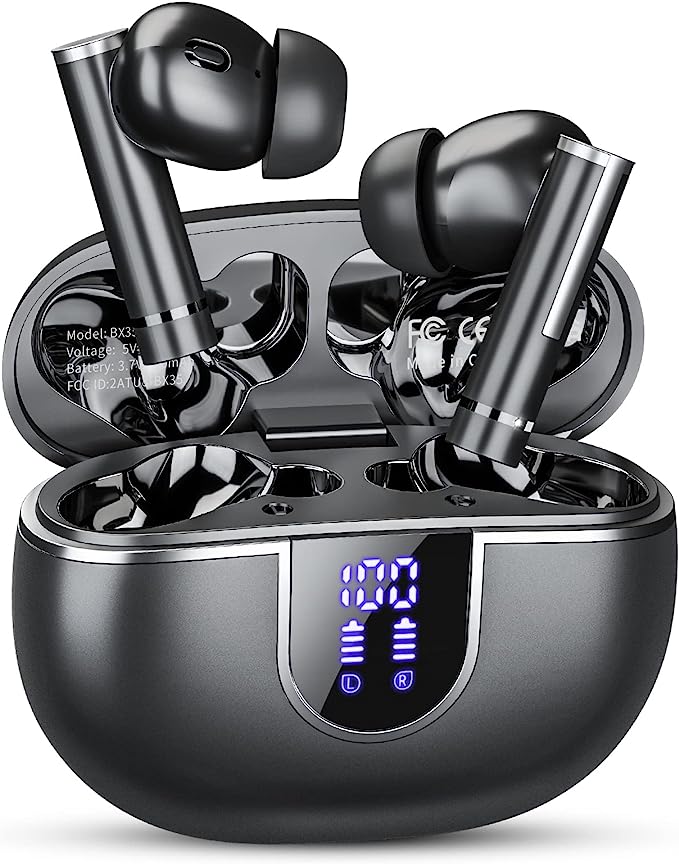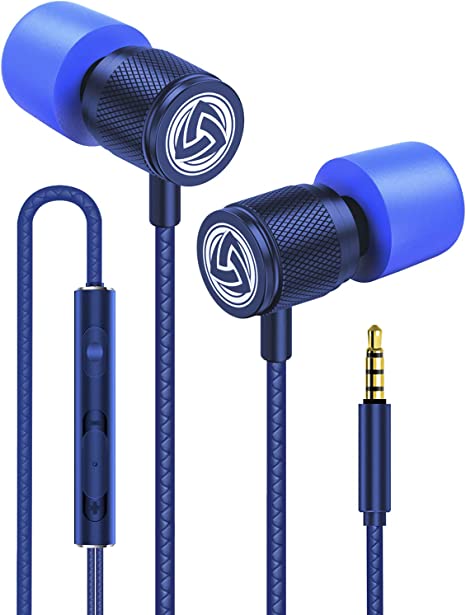Hzsound Luna In-Ear Monitors: Dive into a World of Pure Sound
Update on Aug. 4, 2025, 11:41 a.m.
There is a profound difference between simply hearing a piece of music and truly experiencing it. It’s the gap between a song being background noise and it being a transportive force, a landscape of texture and emotion. For decades, engineers and audiophiles have been on a relentless quest to close that gap, to build devices that can replicate sound with perfect fidelity. The journey is a fascinating tale of physics and material science, and in-ear monitors (IEMs) like the H Hzsound Luna serve as a perfect modern case study, packing a world of advanced engineering into a shell that fits in your ear. To understand what makes it special, we must venture past the feature list and into the very heart of its design: the planar magnetic driver.

The Planar Magnetic Revolution: A Legacy of Speed
To appreciate the innovation, we must first look at the conventional. Most headphones and speakers use a dynamic driver, which works much like a tiny piston: a cone of paper or plastic is attached to a coil of wire, and as the signal passes through, the coil moves the cone back and forth to push air. It’s a reliable technology, but it has inherent physical limitations.
The planar magnetic driver, born from high-end loudspeaker technology, takes a radically different approach. Imagine, instead of a piston, a nearly weightless sail. This sail—a whisper-thin, elastic TPU diaphragm—is the core of the driver. Imprinted directly onto its surface is a flat, serpentine “voice coil” circuit. This entire diaphragm is then suspended in a perfectly uniform magnetic field generated by powerful magnets on either side. When the musical signal flows through the printed coil, the entire sail billows and snaps back and forth in the magnetic wind, creating sound.
The primary advantage of this design is breathtaking speed. Because the diaphragm has incredibly low mass and is driven across its entire surface at once, its ability to react to changes in the musical signal—its transient response—is extraordinary. This is the quality that defines sonic clarity. It’s the sharp, instantaneous crack of a snare drum, the delicate decay of a cymbal, the distinct pluck of each string in a rapid guitar arpeggio. Where a heavier piston might slightly blur these moments, the planar “sail” captures them with crystalline precision.

The Enemy Within: Conquering Distortion
Every driver’s ultimate foe is distortion, the unwanted noise that colors and corrupts the original signal. In a traditional cone driver, because the force is applied only at the center, the cone can flex and warp at higher volumes or complex frequencies, a phenomenon known as “cone breakup.” This flexing creates sound that wasn’t in the original recording, muddying the details.
The planar magnetic design is a masterclass in conquering this enemy. Since the driving force is distributed evenly across the entire diaphragm, the whole surface moves as a single, coherent unit. It doesn’t wobble, flex, or break up. This dramatically lowers Total Harmonic Distortion (THD), resulting in a sound that is exceptionally clean and pure, especially in complex passages. The Hzsound Luna further refines this with a dual voice coil design, an engineering choice that increases the driver’s efficiency and provides an even more uniform grip on the diaphragm’s movement, tightening the control for an even more accurate performance.

The Unsung Hero: An Acoustically Inert Chassis
A world-class engine needs a rock-solid chassis, and in audio, the same principle applies. The housing of an IEM isn’t just a protective case; it’s an integral part of the acoustic system. A flimsy or poorly designed shell can vibrate in sympathy with the music, creating its own sound—a resonance. This is like listening to a grand piano inside an echoing bathroom; the room’s unwanted reflections ruin the instrument’s pure tone.
To prevent this, the Luna’s shell is precision-milled from a solid block of CNC aluminum-magnesium alloy. The choice of material and manufacturing process is deliberate. The metal alloy provides immense rigidity, and the computer-controlled CNC machining ensures each shell is an acoustically inert chamber. This high-rigidity structure effectively suppresses unwanted resonances, ensuring that the only sound reaching your ear is the pure, uncolored output of the planar driver itself. It’s the sonic equivalent of a black-velvet background, allowing the music to stand out in stark relief.
The Power of Personalization: Modularity and Physical Tuning
The final pieces of the puzzle lie in adaptability and user control. The inclusion of a detachable cable system with interchangeable 3.5mm and 4.4mm plugs is more than a convenience; it’s a gateway to higher fidelity. While the standard 3.5mm plug is universal, the 4.4mm plug is a gateway to balanced audio. In a balanced system, the audio signals for the left and right channels are kept completely separate, along with their ground paths, which eliminates crosstalk and often results in a cleaner, more powerful signal from dedicated audio players.
Even more intriguing is the concept of physical, user-controlled tuning. The Luna comes with a set of tuning damping networks—tiny filters that can be swapped at the nozzle of the earphone. This isn’t a digital effect; it’s applied physics. Each filter has a different density, which alters the acoustic impedance—essentially, the resistance the sound waves encounter as they travel to your ear. By changing this impedance, you can subtly shape the sound signature, perhaps adding a touch of warmth to the bass for electronic tracks or enhancing the airiness of the treble for classical recordings. It empowers the listener to become a part of the final tuning process.
Conclusion: The Synthesis of Science and Sensation
Ultimately, the Hzsound Luna is a testament to the idea that a remarkable listening experience is not born from magic, but from a deliberate synthesis of scientific principles. It’s a chain of purposeful choices: the lightning-fast precision of the planar driver, the distortion-canceling purity of its uniform drive, the resonant-free foundation of its CNC-machined shell, and the tailored versatility of its modular system. By understanding the physics at play—the science of speed, purity, and control—we can move beyond just hearing our music. We can begin to appreciate the incredible engineering that allows us to feel it, explore it, and connect with it on a profoundly deeper level.
